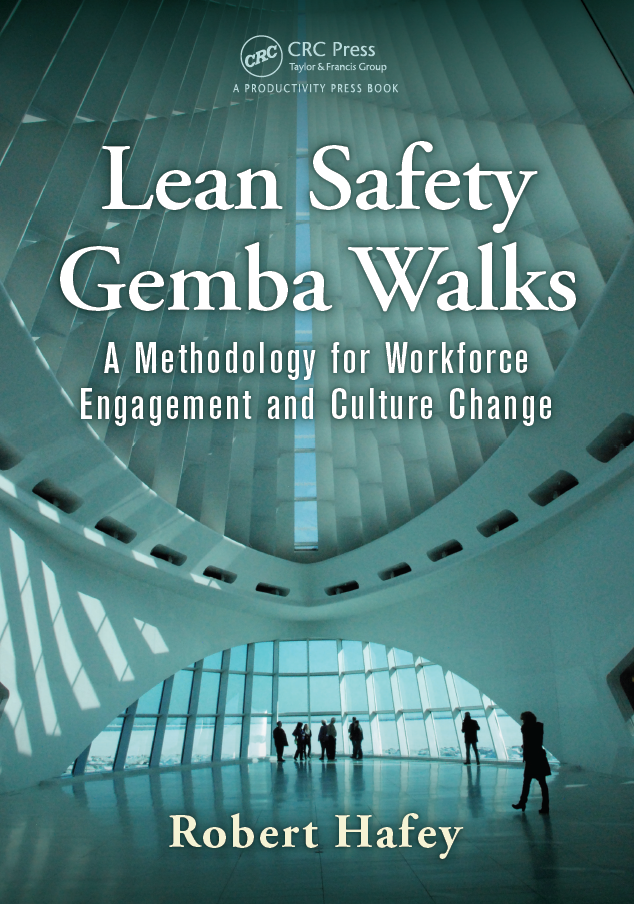I am a foodie. Not sure if that term is still in vogue so let’s just say I love to cook and eat carefully and thoughtfully prepared food. On a recent culinary adventure, organized by a good friend, I had one of the best tasting menu meals I have ever eaten. The multi-course meal was Korean influenced and it was prepared by Chef David Park. He and his fiancée, Jennifer, recently opened a small store front Korean restaurant, Hanbun; in a suburban Chicago international food court that is part of an Asian food store and restaurant complex. During lunch hours they prepare Korean street food from scratch, with a twist of inventiveness that is anything but ordinary. Some of the dishes are hard to pronounce, like jjajjangmyun, but the food is amazing and the staff is quick to guide you through the short menu while offering suggestions and answering your questions. As satisfying as it is preparing this type of food for Chef David, it does not challenge his creative genius for he is no regular chef. He was trained at the CIA (Culinary Institute of America) and has worked at some of the finest restaurants in Chicago. Offering, preparing and serving intimate evening tasting menu meals is the inventive outlet that sparks, ignites and rejuvenates his creativity. It was at one of these fine dining experiences that I met, observed and talked with Chef David.
Today fine dining is a mix of science and cooking. Molecular gastronomy, sous vide and other new approaches have been combined with traditional cooking methods and the results are wonderful to eat and look at. Top tier fine dining restaurants employee teams of sous chefs who use tweezers and small squeeze bottles to position and place ingredients on plates until the finished dish resembles a fleeting piece of art. More than once during my tasting menu meal, I stood up observed and photographed Chef David as he was plating our next course. He like all of the chefs I have observed in fine dining restaurants, both in person and on television programs, was hunched over the plates, with his neck and back out of neutral, as he worked.
About one week later some friends and I stopped by Hanbun to sample their lunch menu and I had the opportunity to talk with Chef David. I first explained how the concepts of Lean Safety are based upon the fact that if you can make work safer and easier you can reduce the cycle time of business processes while at the same time engaging the people doing the work in an improvement discussion. I then mentioned what I had observed when I watched him plate our meal. He almost immediately, without prompting, noted how his neck and back hurt from this type of work. He shared how he and other chefs would spread their legs apart to reduce their height in an attempt to keep their torsos more upright and neutral. He also noted that this unusual posture would then cause leg and ankle soreness. As I listened to him it reinforced what I tell all of my Lean Safety workshop attendees. People fail to recognize the continuous improvement opportunities that exist in every industry type because they fail to see the opportunities to make work safer and easier.
The root cause of David’s sore neck, back and legs are the work surfaces that are too low. The height of almost every kitchen food prep table is great if you are cutting up food on cutting boards but when it is time to plate the food with great attention to detail they are too low. Solutions might include making tables height adjustable, using taller tables for plating or putting something (a stack of plates) under the plate to raise it to a position that allows the sous chefs to stand upright while plating. Creative work like cooking should not hurt. It should be fun and energizing. By simply asking workers in any industry what they do not like about their current job or what causes them the most pain while they are working leaders can surface multiple opportunities to make changes and build trust. They, just like Chef David, know where their pain points are. If business leaders work with them to correct or improve those situations they will support and move forward the trust building journey called Lean. Lean Safety, a people-centric leadership tool that any leader can use to positively impact their work culture, answers the “what’s in it for me” question that all workers have.
Friday, June 10, 2016
Subscribe to:
Posts (Atom)


